Understanding EN388 cut resistant levels is critical when choosing safety gloves for work with sharp objects. Each rating level, from A to F, represents a different degree of protection. In this article, we’ll decode these levels to help you select gloves that offer the right balance of safety and dexterity for your specific job requirements.
Key Takeaways
- The EN388 standard is critical for gauging the cut resistance of safety gloves, which is important for ensuring workers’ hand protection against mechanical hazards.
Selecting the right cut-resistant gloves requires considering several factors, including material, design, comfort, agility, and specific job requirements, to balance safety with practicality.
Maintaining cut-resistant gloves involves proper cleaning, storage, regular inspection, and immediate replacement when necessary to ensure continuous protection.
Understanding EN388 Cut Resistant Levels

Imagine donning a glove that’s been through a series of grueling tests, emerging as a certified shield against mechanical hazards. That’s the assurance EN388 provides. Each glove undergoing this stringent assessment wears a badge of honor - a symbol on the glove, its packaging, or an accompanying statement confirming its tested safety against mechanical risks. The levels of cut protection, indicated by numbers and letters, are not mere markings but a narrative of resilience against cuts.Specifically, the second number in the sequence, ranging from 1 to 5, reflects the glove’s resistance based on the Coup Test, while a letter from A to F reveals the cut resistance as per the TDM results.


